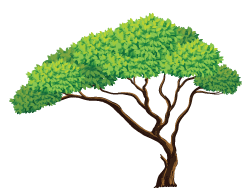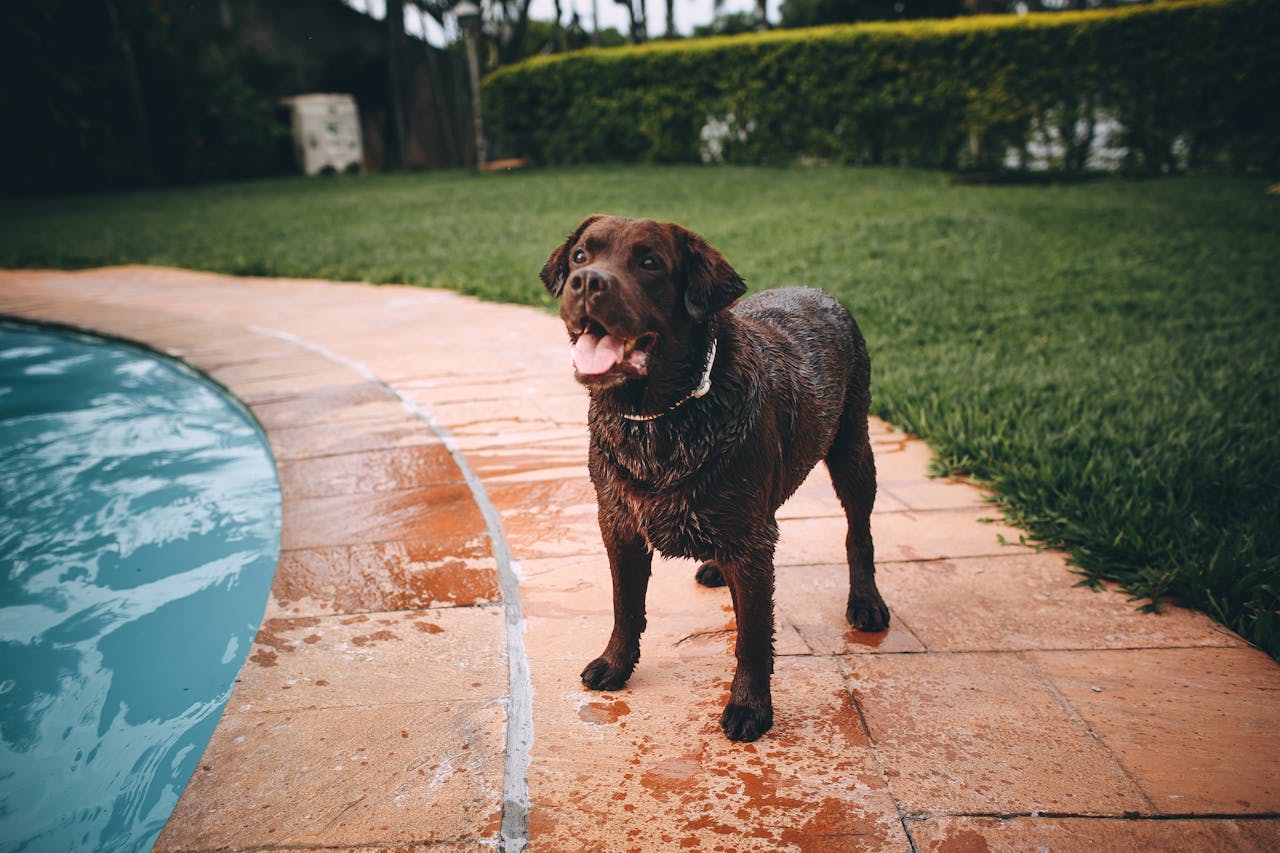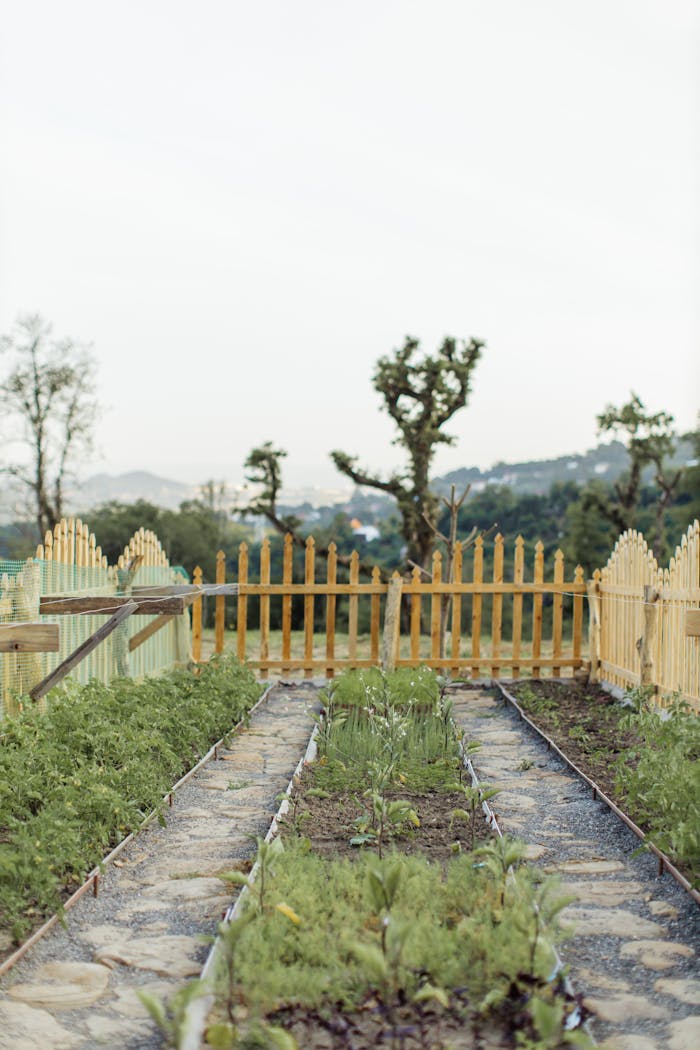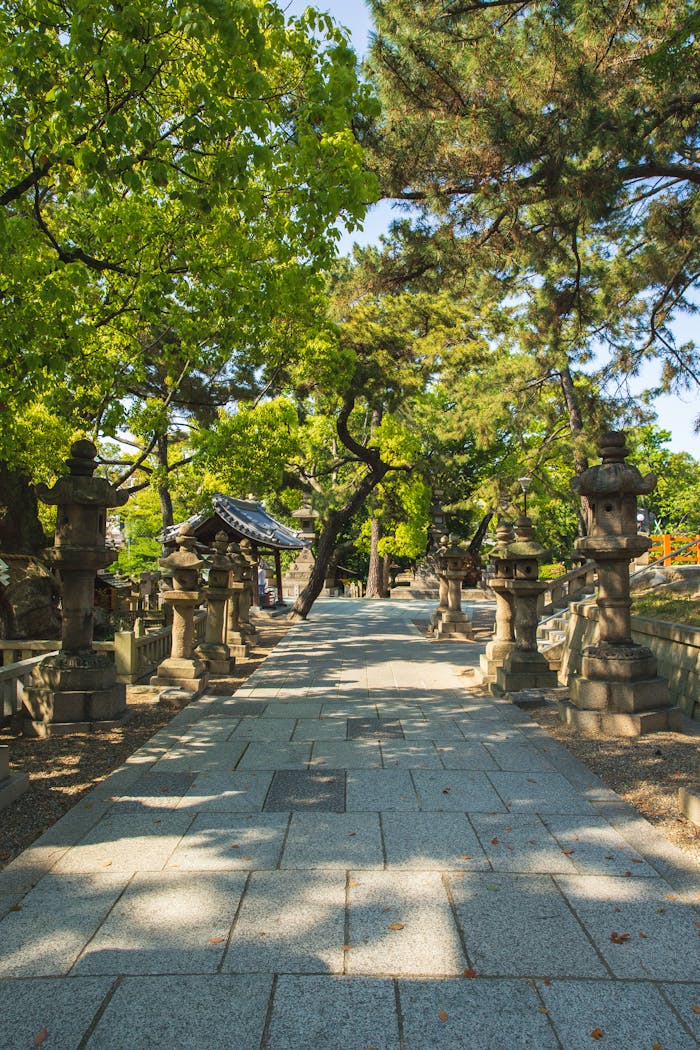Types of Soil in Gold Coast, Australia and Landscaping Considerations
1. Introduction
The Gold Coast, located in Southeast Queensland, Australia, is renowned for its stunning beaches, vibrant urban areas, and diverse natural landscapes. Behind this beauty lies a complex tapestry of soil types, each with its unique characteristics and challenges for landscaping. Understanding these soil types is crucial for successful gardening, agriculture, and urban development in the region.
This article will explore the various soil types found in the Gold Coast area, their properties, and how they impact landscaping decisions. We’ll also discuss strategies for working with each soil type to create beautiful, sustainable landscapes that thrive in the Gold Coast’s subtropical climate.
2. Overview of Gold Coast’s Geography and Climate
Before delving into specific soil types, it’s important to understand the Gold Coast’s geographical and climatic context:
2.1 Geographical Features
The Gold Coast region encompasses a diverse landscape, including:
– Coastal plains
– River valleys (e.g., Nerang River, Coomera River)
– Hinterland areas with rolling hills and mountains
2.2 Climate
The Gold Coast experiences a subtropical climate characterized by:
– Warm, humid summers
– Mild winters
– Average annual rainfall of about 1300mm
– Occasional extreme weather events, including cyclones and severe storms
These geographical and climatic factors significantly influence soil formation and properties across the region.
3. Major Soil Types in the Gold Coast
The Gold Coast features several distinct soil types, each with its own set of characteristics. The main soil types include:
3.1 Sandy Soils
Predominant in coastal areas, sandy soils are characterized by:
– Large particle size
– Excellent drainage
– Low nutrient retention
– Quick warming in spring
3.2 Clay Soils
Found in various parts of the Gold Coast, particularly in the hinterland, clay soils feature:
– Small particle size
– Poor drainage
– High nutrient retention
– Slow warming in spring
3.3 Loam Soils
A mix of sand, silt, and clay, loam soils are considered ideal for many plants and are characterized by:
– Balanced particle size
– Good drainage and water retention
– High nutrient content
– Moderate warming in spring
3.4 Alluvial Soils
Found in river valleys and floodplains, alluvial soils are formed by deposited sediments and feature:
– Variable composition depending on source materials
– Generally fertile
– Good water retention
3.5 Podosols
Common in some coastal areas, podosols are characterized by:
– Sandy texture
– Distinctive layering with a bleached subsurface horizon
– Low fertility
– High acidity
4. Landscaping Considerations for Different Soil Types
Each soil type presents unique challenges and opportunities for landscaping. Here’s how to work with each:
4.1 Landscaping with Sandy Soils
Sandy soils are common in coastal areas of the Gold Coast. When landscaping with sandy soils, consider the following:
Challenges:
– Poor water retention
– Low nutrient content
– Susceptibility to erosion
Strategies:
– Incorporate organic matter to improve water and nutrient retention
– Use mulch to reduce evaporation and erosion
– Choose drought-tolerant plants adapted to sandy conditions
– Install efficient irrigation systems, such as drip irrigation
– Consider raised beds or container gardening for water-hungry plants
Suitable Plants:
– Coastal Banksia (Banksia integrifolia)
– Coastal Rosemary (Westringia fruticosa)
– Lillypilly (Syzygium species)
– Pandanus (Pandanus tectorius)
4.2 Landscaping with Clay Soils
Clay soils are more common in the Gold Coast hinterland. Landscaping with clay soils requires different approaches:
Challenges:
– Poor drainage
– Compaction
– Difficult to work when too wet or too dry
Strategies:
– Improve drainage by adding organic matter and gypsum
– Create raised beds or mounds for better drainage
– Avoid working the soil when it’s too wet
– Use mulch to prevent surface crusting
– Implement deep watering techniques to encourage deep root growth
Suitable Plants:
– Bottlebrush (Callistemon species)
– Grevillea (various species)
– Native Frangipani (Hymenosporum flavum)
– Lemon-scented Tea Tree (Leptospermum petersonii)
4.3 Landscaping with Loam Soils
Loam soils are often considered ideal for gardening and landscaping. When working with loam soils:
Advantages:
– Good water retention and drainage
– High nutrient content
– Easy to work
Strategies:
– Maintain soil health through regular addition of organic matter
– Implement crop rotation in vegetable gardens
– Use mulch to conserve moisture and suppress weeds
– Avoid over-tilling to maintain soil structure
Suitable Plants:
– A wide range of plants thrive in loam soils
– Excellent for vegetable gardens and fruit trees
– Native plants like Kangaroo Paw (Anigozanthos species) and Waratah (Telopea speciosissima)
4.4 Landscaping with Alluvial Soils
Alluvial soils in river valleys and floodplains offer good potential for landscaping:
Advantages:
– Generally fertile
– Good water retention
Challenges:
– Potential for flooding
– Variable composition
Strategies:
– Choose plants tolerant of occasional flooding
– Implement erosion control measures near waterways
– Consider raised beds for plants sensitive to waterlogging
– Monitor and adjust soil pH as needed
Suitable Plants:
– Paperbarks (Melaleuca species)
– River She-oak (Casuarina cunninghamiana)
– Lomandra (various species)
– Native Hibiscus (Hibiscus tiliaceus)
4.5 Landscaping with Podosols
Podosols present unique challenges for landscaping:
Challenges:
– Low fertility
– High acidity
– Poor water retention in upper layers
Strategies:
– Extensive soil improvement with organic matter
– Regular application of lime or dolomite to raise pH
– Use of acid-loving plants where appropriate
– Implementation of water-conserving strategies
Suitable Plants:
– Tea Trees (Leptospermum species)
– Banksias (various species)
– Native Grasses (e.g., Themeda triandra)
– Some exotic acid-loving plants like azaleas and camellias
5. General Soil Improvement Techniques for Gold Coast Landscapes
Regardless of the specific soil type, several techniques can improve soil quality for landscaping:
5.1 Soil Testing
Regular soil testing helps identify:
– pH levels
– Nutrient deficiencies
– Organic matter content
– Soil structure issues
5.2 Organic Matter Addition
Incorporating organic matter such as compost, aged manure, or leaf mold can:
– Improve soil structure
– Enhance water retention
– Increase nutrient availability
– Promote beneficial microbial activity
5.3 Mulching
Applying organic mulch:
– Conserves soil moisture
– Regulates soil temperature
– Suppresses weed growth
– Adds organic matter as it decomposes
5.4 Cover Cropping
Using cover crops in garden beds or larger landscapes can:
– Prevent erosion
– Add organic matter
– Improve soil structure
– Fix nitrogen (with leguminous cover crops)
5.5 Minimal Tillage
Reducing soil disturbance helps:
– Preserve soil structure
– Protect beneficial soil organisms
– Prevent erosion
6. Native Plants for Gold Coast Landscapes
Using native plants in Gold Coast landscapes offers several advantages:
– Adaptation to local soil conditions
– Resistance to local pests and diseases
– Support for native wildlife
– Lower maintenance requirements
Some native plants well-suited to Gold Coast landscapes include:
– Grass Trees (Xanthorrhoea species)
– Tuckeroo (Cupaniopsis anacardioides)
– Native Hibiscus (Hibiscus tiliaceus)
– Coastal Banksia (Banksia integrifolia)
– Grevillea (various species)
– Bottlebrush (Callistemon species)
– Lilly Pilly (Syzygium species)
7. Water Management in Gold Coast Landscapes
Effective water management is crucial for successful landscaping in the Gold Coast’s subtropical climate:
7.1 Rainwater Harvesting
Installing rainwater tanks can:
– Provide water for irrigation during dry periods
– Reduce reliance on municipal water supplies
– Help manage stormwater runoff
7.2 Irrigation Systems
Choosing appropriate irrigation systems such as:
– Drip irrigation for water efficiency
– Smart controllers that adjust watering based on weather conditions
– Micro-sprayers for specific plant needs
7.3 Xeriscaping
Implementing xeriscaping principles:
– Grouping plants with similar water needs
– Using drought-tolerant species
– Minimizing lawn areas
– Incorporating hardscaping elements
8. Sustainable Landscaping Practices for the Gold Coast
To create environmentally friendly landscapes that thrive in the Gold Coast’s conditions, consider:
8.1 Biodiversity
– Incorporating a diverse range of plant species
– Creating habitats for local wildlife
– Using layered planting designs
8.2 Local Materials
– Sourcing materials locally to reduce transportation impacts
– Using recycled or repurposed materials in hardscaping
8.3 Energy Efficiency
– Planting trees for shade to reduce cooling costs
– Using solar-powered landscape lighting
8.4 Stormwater Management
– Implementing rain gardens and bioswales
– Using permeable paving materials
9. Challenges in Gold Coast Landscaping
Landscapers in the Gold Coast face several challenges:
9.1 Climate Extremes
– Designing for both drought tolerance and flood resistance
– Selecting plants that can withstand occasional heat waves and storms
9.2 Pest and Disease Management
– Dealing with subtropical pests like palm weevils and fruit flies
– Managing fungal diseases in humid conditions
9.3 Coastal Conditions
– Selecting salt-tolerant plants for coastal landscapes
– Managing wind exposure in beachfront properties
9.4 Urban Heat Island Effect
– Mitigating higher temperatures in urban areas through strategic planting and materials selection
10. Conclusion
The diverse soil types of the Gold Coast present both challenges and opportunities for landscaping. By understanding the characteristics of each soil type and implementing appropriate strategies, it’s possible to create beautiful, sustainable landscapes that thrive in this unique subtropical environment.
Whether working with sandy coastal soils, clay-rich hinterland areas, or anything in between, the key to successful Gold Coast landscaping lies in soil improvement, wise plant selection, and sustainable practices. By embracing native plants, efficient water management, and eco-friendly design principles, landscapers can create outdoor spaces that not only look beautiful but also contribute positively to the local ecosystem.
As the Gold Coast continues to grow and develop, thoughtful landscaping that respects and works with the local soil conditions will play a crucial role in maintaining the region’s natural beauty and environmental health. Whether you’re a homeowner, a professional landscaper, or a property developer, understanding and working with the Gold Coast’s soil types is essential for creating landscapes that will flourish for years to come.



